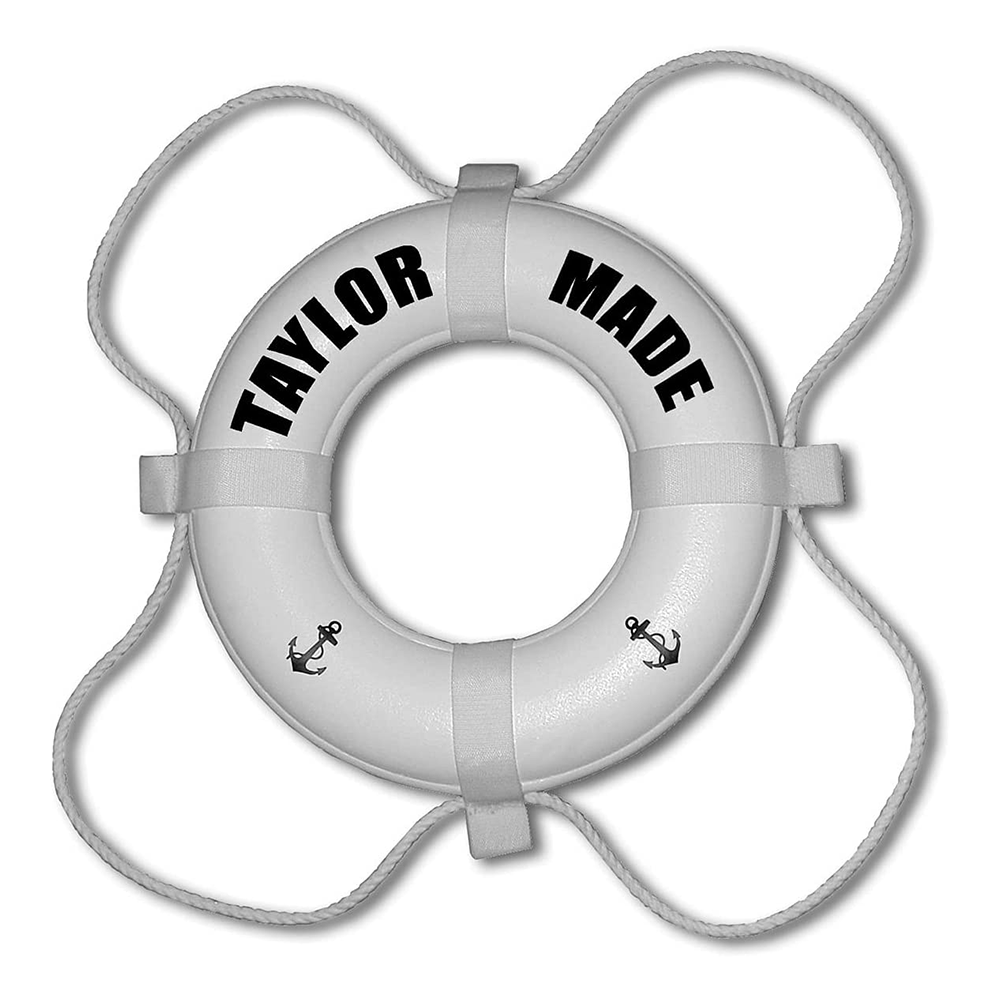Life Rings
Life rings, also known as lifebuoys or life preservers, are essential safety devices designed to aid in water rescue situations. They play a crucial role in maritime safety and are commonly found on boats, ships, docks, and other water-related environments. Here are key features and functions of life rings:
Buoyancy Device: Life rings are designed to provide buoyancy to individuals in the water. They are typically ring-shaped and made of buoyant materials, such as foam or lightweight plastic, to help keep a person afloat.
Visible and Highly-Contrasting Colors: Life rings are often brightly colored in highly-contrasting hues, such as orange or yellow, to enhance visibility. The vibrant colors make it easier for rescuers to spot individuals in the water, especially during emergencies or low-light conditions.
Throwing or Tossing Design: Life rings are equipped with a rope or line attached to the outer edge, allowing them to be thrown or tossed to a person in distress. This design facilitates quick and effective deployment during water rescue operations.
Rescue Aid: When a person is struggling in the water, a life ring can be thrown to them, providing a buoyant and stable platform to hold onto. This aids in keeping the individual afloat while awaiting further assistance or rescue.
International Symbol: The image of a life ring is an internationally recognized symbol for safety and the location of life-saving equipment. It is often depicted on signs and placards to indicate the presence of life-saving devices in a particular area.
Regulatory Compliance: Life rings are required safety equipment on many types of watercraft, including boats and ships, to comply with maritime safety regulations. The regulations specify the size, buoyancy, and visibility requirements for these devices.
Light and Reflective Features: Some life rings are equipped with built-in lights or reflective materials to increase visibility during nighttime or low-visibility conditions. This enhances the chances of locating and rescuing individuals in the water.
Storage and Mounting: Life rings are often stored in easily accessible locations on boats or docks, and they may be mounted on designated brackets or holders. Quick and easy access is crucial during emergencies.
Weather-Resistant Materials: Life rings are constructed from weather-resistant materials to withstand exposure to the elements. This ensures that they remain effective and functional over time.
Water Rescue Training: Life rings are commonly used in water rescue training scenarios to practice proper deployment and rescue techniques. Training with life rings helps individuals become familiar with their use and builds confidence in responding to water emergencies.
In summary, life rings are vital safety devices designed to provide buoyancy and aid in water rescue situations. Their distinctive design, buoyant properties, and visibility features contribute to their effectiveness in promoting water safety and saving lives during emergencies.




